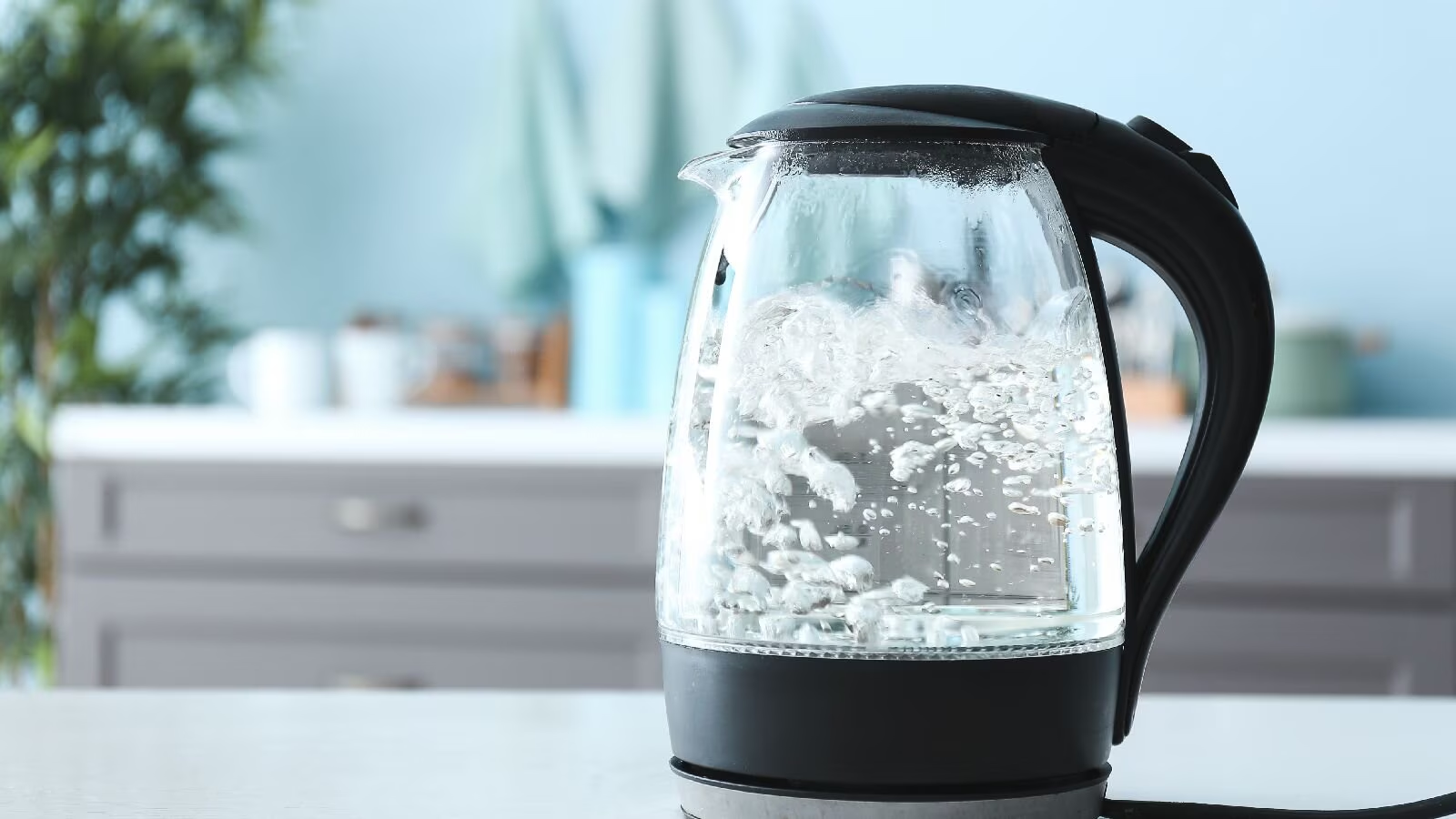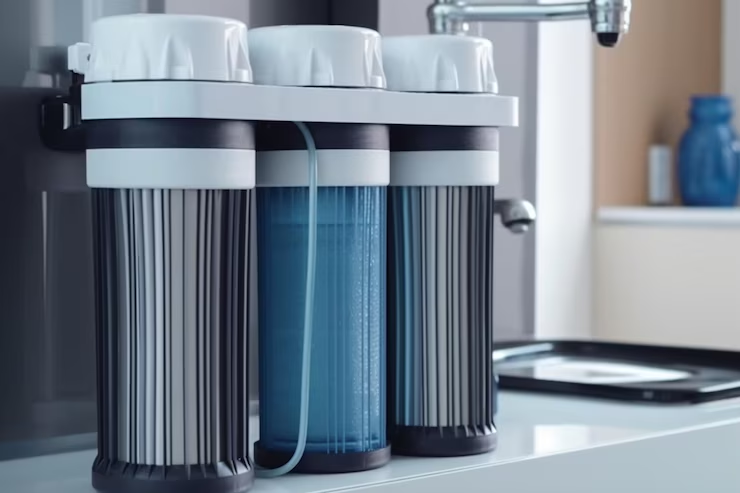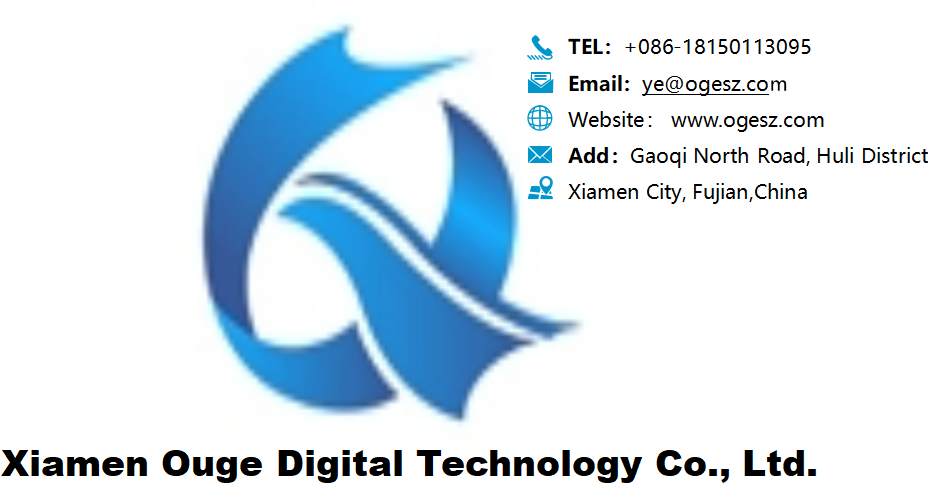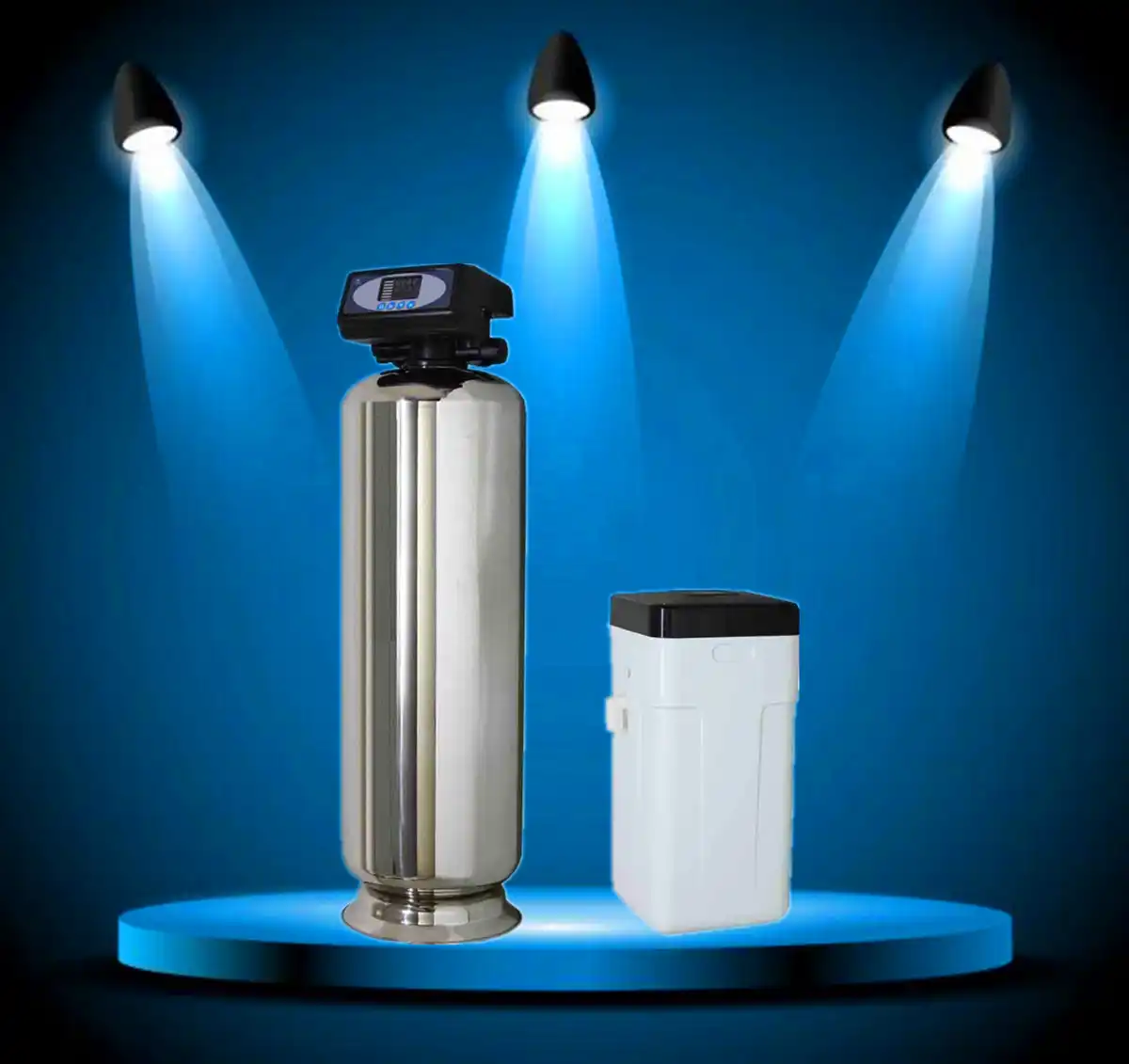“Tap water is safe to drink after boiling—installing a water purifier is just throwing money away!” A decade ago, many people looked down on water purifiers, dismissing them as unnecessary appliances. But take a look around your neighborhood today—almost every kitchen sink hides a humming water purifier underneath.How did this once-overlooked gadget transform into a household health “must-have”? Today, let's explore the “evolution” of water purifiers and the ways they quietly safeguard our well-being!
I. The Years We Misunderstood “Drinking Water”: Is Boiled Water Really Clean?

Before water purifiers became commonplace, most people believed that “water is safe once boiled.” But as living standards improved, more “invisible hazards” emerged, forcing us to re-examine the water we drink daily.
1. The “Invisible Threats” in Water Pipes
Tap water meets standards when it leaves the treatment plant, but it travels through long pipelines and is stored in residential water tanks before reaching our homes. Cast iron pipes in older neighborhoods are prone to rust and bacterial growth. If high-rise water tanks aren't cleaned regularly, sediment and microorganisms can accumulate inside. Even boiling water can't completely remove these impurities.
A friend conducted an experiment: after leaving a cup of tap water in a clear glass for half a day, tiny brown particles settled at the bottom. Boiling unfiltered water over time leaves thick scale deposits in kettles—traces of calcium, magnesium ions, and heavy metals like lead and mercury.
2. “Water Anxiety” in Specific Scenarios
Households with infants: Using low-mineral water for formula preparation is preferable. Boiled tap water contains relatively high mineral content, and prolonged consumption by infants may increase the burden on their kidneys.
Tea and coffee enthusiasts: Limescale affects beverage flavor—tea tastes bitter, and coffee loses its rich aroma.
Households in industrial zones or suburbs: Water sources may be contaminated by organic pollutants from surrounding environments. Boiling alone won't eliminate these risks.
These “invisible, undetectable” issues are making more people realize that boiling water alone no longer meets our needs for healthy drinking water. This is why the role of water purifiers is finally gaining the attention it deserves.
II. The Water Purifier's “Comeback Story”: From ‘Niche’ to “Essential” – What Won Us Over?
The widespread adoption of water purifiers didn't happen overnight. They gradually addressed public concerns, shedding the “rip-off” label through proven effectiveness.

1. Technological Advancements: From “Incomplete Filtration” to “Precision Purification”
Early water purifiers mostly relied on simple activated carbon filtration, which could only remove odors and some impurities. Their effectiveness against heavy metals and bacteria was poor, leading many to dismiss them as “useless.”
Today, things are different. Water purifier filtration technology has undergone a complete overhaul.
RO Reverse Osmosis Water Purifiers: Utilizing 0.0001-micron reverse osmosis membranes, these systems effectively filter out nearly all impurities—including heavy metals, antibiotics, and viruses—producing water safe for direct consumption.
Ultrafiltration Water Purifiers: Ideal for areas with relatively good water quality, these systems filter out bacteria and sediment while retaining beneficial minerals, catering to diverse household needs.
With mature technology, the purification results are undeniable. Pour a cup of filtered water—it's crystal clear with no impurities, and kettles won't develop scale after boiling. Using this water for formula or tea yields a fresher, cleaner taste.
2. Space-Saving Design: From Bulky to Compact
Previous water purifiers were large, cumbersome to install, and required frequent filter replacements—making them impractical for many small homes. Today's models have successfully slimmed down.
Under-sink models are compact, fitting neatly into cabinet space beneath the sink without cluttering countertops.
Plug-and-play countertop units require no drilling—just plug them in and start using them. Perfect for renters or small kitchens.
Filter replacement is now effortless. Many brands feature “one-touch replacement” designed for easy operation by seniors, with app reminders eliminating the need to track replacement schedules.
3. Shift in Mindset: Health Awareness Awakens, “Prevention Trumps Treatment”
People are increasingly valuing health, and the concept of “spending a little to safeguard well-being” is gradually gaining traction. Compared to buying bottled water at the supermarket, a water purifier requires a one-time investment but provides clean water daily, making it more cost-effective in the long run. Moreover, bottled water carries the risk of secondary contamination.
Especially after experiencing certain challenging times, people have become more vigilant about protecting their family's health, seeking absolute safety in everything from food to beverages. As the first line of defense for drinking water safety, water purifiers have naturally become a household “standard feature.” Data shows that over the past five years, the adoption rate of water purifiers in homes has surged from 15% to 40%. Many people even reserve installation space for water purifiers during new home renovations.

III. Choosing the Right Water Purifier Truly Protects Your Health! 3 Essential Tips to Avoid Pitfalls
While water purifiers have become a necessity, the overwhelming variety of products on the market means choosing the wrong one wastes money and compromises user experience. Here are three practical selection tips:
1. Choose by Water Quality, Not Trends
Poor water quality (hard water, odors): Prioritize RO reverse osmosis systems for thorough purification.
Good water quality (municipal standards met, minimal hardness): Consider ultrafiltration systems that retain minerals while being energy-efficient and eco-friendly.
Renters or small kitchens: Opt for countertop models requiring no installation—flexible, convenient, and portable when moving.
2. Focus on “Filter Cartridge Costs,” Not Just the Price Tag
Many buyers only consider the upfront cost, overlooking the long-term expense of replacing cartridges. Some cheap systems have expensive replacement filters that require frequent changes, making them pricier overall.
When purchasing, ask:
How often do cartridges need replacing?
What's the cost per cartridge?
Does it have a “filter life alert” feature?
Prioritize brands with longer replacement cycles (e.g., RO membranes lasting 2-3 years) and moderate costs.

3. Look for “authoritative certifications” and avoid “uncertified products”
Water purifiers are water-related products and must obtain the “Water Product Hygiene Safety Certification” from the national health authorities, also known as the “Health Water Approval.” When purchasing, verify certification details on the brand's official website or the National Health Commission's website to avoid uncertified “three-no products.” These products not only fail to purify water but may also release harmful substances.
Final Thoughts: The Rise of Water Purifiers Reflects Evolving Health Awareness
From “unnecessary” to “indispensable,” the widespread adoption of water purifiers signifies more than just a shift in the appliance market—it reflects society's growing pursuit of healthy living. Unlike refrigerators or washing machines, they operate discreetly, yet silently safeguard your family's health with every glass of water and meal. Using clean water to mix formula gives parents peace of mind; cooking with filtered water enhances the flavor of meals; quenching thirst with a glass of direct-drinking water offers refreshing reassurance.
Nowadays, when someone mentions water purifiers, no one calls them a “scam.” Instead, people actively recommend them to friends and family. After all, health is no small matter. Taking responsibility for life begins with ensuring every glass of water you drink is good.
Have you installed a water purifier at home? How long have you been using it? Share your experience in the comments below—it might just help friends who are still on the fence!

 Reverse Osmosis Technology for Wastewater Treatment: Understanding How RO Systems Operate
Reverse Osmosis Technology for Wastewater Treatment: Understanding How RO Systems Operate
 The “Magic” of Turning Seawater into Freshwater: Unveiling the Core Secrets of Reverse Osmosis Technology
The “Magic” of Turning Seawater into Freshwater: Unveiling the Core Secrets of Reverse Osmosis Technology
 How to Choose Reliable Central Water Filtration and Water Softening Systems? Most People Get It Wrong!
How to Choose Reliable Central Water Filtration and Water Softening Systems? Most People Get It Wrong!
 In rural areas, where groundwater from wells is the primary water source, is it truly necessary to install water purification equipment?
In rural areas, where groundwater from wells is the primary water source, is it truly necessary to install water purification equipment?